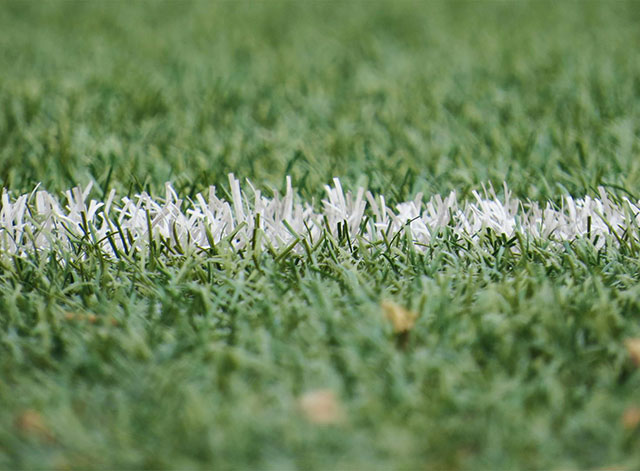Imagine watching your favorite sports team in action, the players navigating the field with precision, every move calculated and every strategy relying on the boundaries defined by the sports field line marking. This imagery, so vital to the game, starts with the art and science of line marking. While seemingly straightforward, it's a task that demands accuracy, efficiency and nowadays, a touch of technological innovation. The integration of GPS technology has elevated this task to new heights, ensuring that the field-watching game day is nothing short of perfect.
 precision line marking
precision line markingMapping out success: The intersection of technology and sports field design
Since its inception, the process of marking sports fields has continuously evolved. What once involved ropes, stakes, and a keen eye for straight lines has been revolutionized by the introduction of GPS technology. This shift has not only ensured unparalleled precision but also brought about a significant reduction in the time and labor involved in preparing fields for various sports. From soccer pitches that host local leagues to the grandeur of rugby fields for international tournaments, every sport can benefit from the enhanced accuracy and flexibility that GPS line marking offers. Moreover, the aesthetic appeal and the overall viewer experience, both on-site and for television audiences, have seen a substantial improvement, making sports events more enjoyable for fans around the world.
Precision plays: Exploring how GPS technology is changing sports field maintenance
The once labor-intensive task of preparing and maintaining sports fields has seen a remarkable transformation with the adoption of GPS technology. This advanced approach has drastically cut down preparation time, allowing ground crews to focus on other aspects of field maintenance. More importantly, it has minimized the potential for human error, ensuring that every line marked on the field is where it should be, thereby upholding the integrity and fairness of the game. Another notable advantage is the sustainability and cost-efficiency it brings. With precise line marking, there's a significant reduction in the waste of materials, which, in the long run, translates to financial savings for sports organizations and clubs. This efficiency does more than just save money; it echoes the growing call for environmental responsibility in sports.
From concept to kickoff: The journey of a sports field through GPS line marking
The journey from an empty green field to a fully marked sports arena is both fascinating and intricate. It begins with the meticulous design and planning phase, where sports scientists and designers utilize software integrated with GPS technology to map out the field. The implementation phase sees ground crews using specialized equipment to bring these designs to life, a process made efficient and precise through GPS guidance. Beyond the initial marking, this technology also simplifies the update and maintenance of lines, ensuring that the field can easily transition between different sports or events, further showcasing the versatility and adaptability that GPS line marking offers.
The unsung heroes of game day: Behind the scenes of sports field preparation
While the players might be the stars on the field, the unsung heroes behind the scenes play a pivotal role in ensuring the stage is set for their performance. The advance in sports field line marking technology doesn't diminish the importance of the ground crew and technicians; instead, it underscores their skill and dedication. These professionals, equipped with cutting-edge tools, are the ones who turn the architects' visions into reality, ensuring that every game we watch is not only a spectacle of athletic prowess but also a testament to the precision and care invested in the field beneath their feet.


 Current Events
Current Events